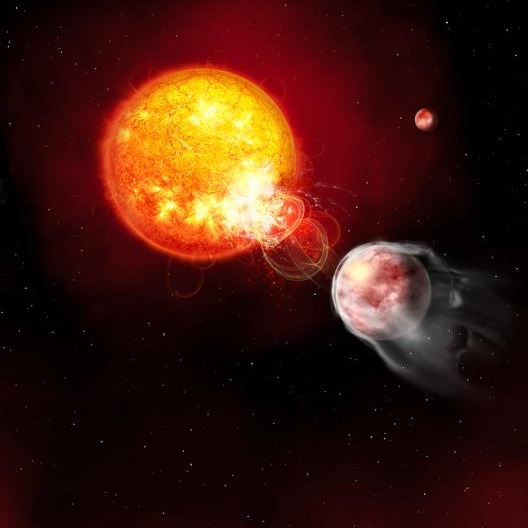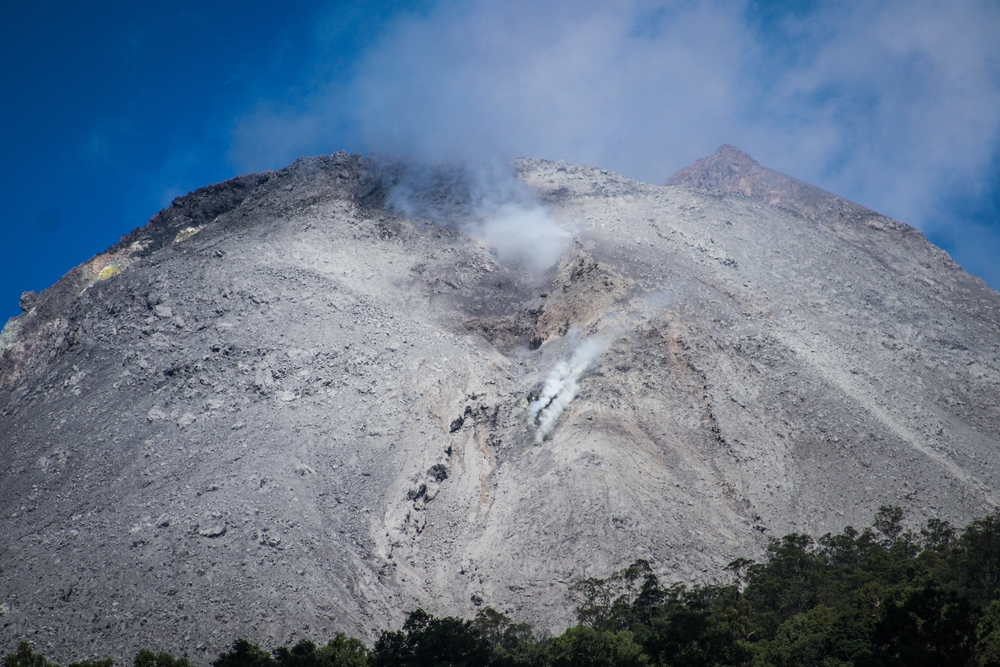Now Reading: Puffy Exoplanet Triggers Unusual Flares in Host Star
-
01
Puffy Exoplanet Triggers Unusual Flares in Host Star
Puffy Exoplanet Triggers Unusual Flares in Host Star

Quick Summary
- astronomers have identified an exoplanet, HIP 67522 b, orbiting dangerously close to its host star, causing energetic flares of radiation.
- The study published in Nature highlights that this planet’s proximity triggers magnetic explosions on the young 17-million-year-old star.
- HIP 67522 b is classified as a “cotton candy” planet due to its low density despite being the size of Jupiter.
- Frequent flares from the host star are stripping away the planet’s thin atmosphere, wich could shrink it to neptune-sized within 100 million years.
- This phenomenon supports theories suggesting close-orbiting planets can influence their stars’ behavior through magnetic interactions.
- NASA’s TESS and ESA’s Cheops satellites provided critical observational data for this discovery.
Read More: JWST Dives Deep into the ultra-Hot Exoplanet WASP-121b
Indian Opinion Analysis
This discovery signifies a breakthrough in understanding planet-star interaction mechanisms. For India, actively expanding its capabilities in space exploration under ISRO’s leadership, findings like these emphasize collaborative opportunities with global agencies such as NASA or ESA. As India’s ambitions-seen through missions like Chandrayaan and aditya-L1-grow toward deeper studies of stellar dynamics and planetary composition, partnerships leveraging cutting-edge telescopes like TESS may refine methodologies for observing similar phenomena closer to home.
Moreover, such advances underline how interdisciplinary research across astronomy and physics informs broader scientific progress. With India investing heavily in satellite-based monitoring systems for both earth and space activities (e.g., Astrosat), delving into high-energy astrophysics based on examples like HIP 67522 b could sharpen India’s contributions to planetary science-a critical area given climate-related studies tied closely with solar activity.
Read more: Sun Showing Increased Solar Flare Activity Yet in 2025


























